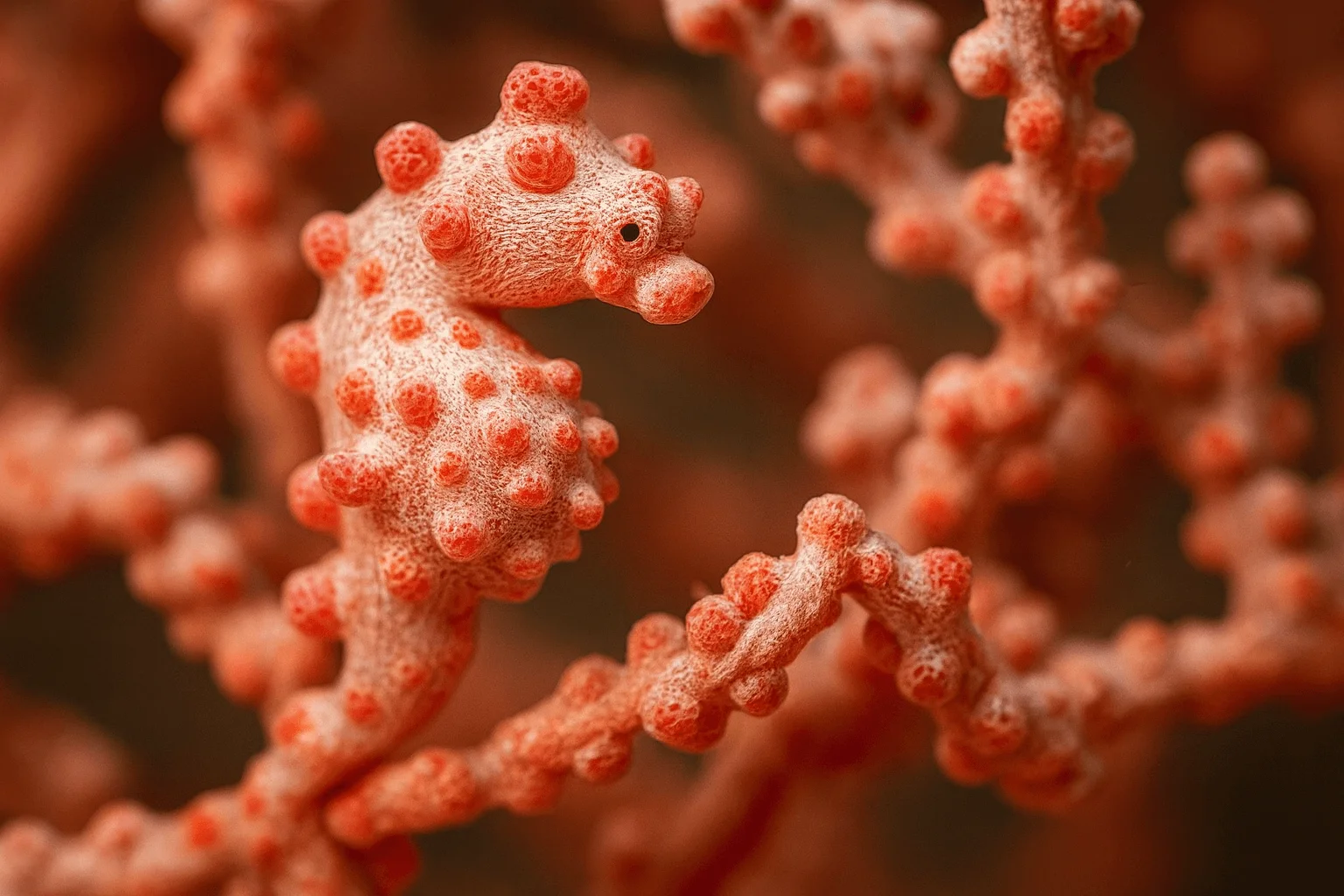Scuba Diving in Anilao
The Ultimate Guide
Anilao, a small barangay in Batangas province just two hours south of Manila, is often called the macro capital of the Philippines. More than 50 dive sites fringe the coast and nearby islands, offering an intoxicating mix of coral‑covered pinnacles, muck slopes and blackwater encounters. Critter enthusiasts come for the legendary muck dives at Secret Bay and Anilao Pier, where mimic octopuses, blue‑ringed octopuses, wonderpus, seahorses, ghost pipefish, frogfish and dozens of nudibranch species lurk in the silt. Shallow reefs like Twin Rocks and Cathedral are covered in soft corals and teem with reef fish, while deeper sites such as Ligpo Island feature gorgonian‑covered walls and occasional drift. Because Anilao is so close to Manila and open year‑round, it’s the easiest place in the Philippines to squeeze in a quick diving getaway.
Difficulty
Easy
Temperature
25-29°C
Visibility
10-20m

Diving Highlights
Best Months to Dive
Getting to Anilao for Diving
✈️Transportation
From Ninoy Aquino International Airport in Manila, it’s a 90‑minute taxi ride or roughly three hours by bus to Anilao.
Dive centres and resorts can arrange private transfers.
Once in town, most dive sites are reached by traditional banca boats in 15–45 minutes.
After diving, it’s easy to hop on a ferry to neighbouring Mindoro for Puerto Galera or to explore other parts of the Visayas.
Country
Philippines
Currency
Philippine Peso
Electricity
220V, 60Hz, Type A/B plugs
Cost of a Dive Trip in Anilao
Day Trip
Dive Resort
Meal
Accommodation
Best Dive Sites in Anilao
🐠Twin Rocks
Two coral‑covered pinnacles rise from a sandy seabed to 16 m, surrounded by boulders and gardens of soft corals. Home to nudibranchs, pipefish, seahorses, scorpionfish and reef fish, Twin Rocks is easy to dive and suitable for beginners. Turtles and blue‑spotted stingrays sometimes make appearances.
🐢Cathedral
Near Twin Rocks, Cathedral features two huge boulders with a sunken stone cross between them. The rocks and surrounding seabed are covered in corals and house reef fish, shrimps and critters. Its depth of around 18 m and mild conditions make it an excellent site for training and photography.
🦈Secret Bay
One of Anilao’s most famous muck dives, Secret Bay comprises silty rubble and volcanic sand. Between November and March the site comes alive with cuttlefish and squid, while seahorses, nudibranchs and crustaceans hide year‑round. Night dives reveal octopuses, shrimps and other nocturnal critters, and the depth drops to 21 m.
🐙Anilao Pier
Another muck site located near the town pier. The sandy slope descends to about 12 m and is a hot spot for cephalopods, uncommon nudibranchs and crustaceans. Because of its shallow depth and sheltered conditions it’s popular for night dives and macro photography.
🐚Ligpo Island
Ligpo (Ligopo) Island offers a dramatic wall dive dropping to around 35 m with a pinnacle and carpets of pink soft corals and anemones. Gorgonian fans hide pygmy seahorses and tiny crustaceans, while schools of redtooth triggerfish and sardines swirl above. This site can have mild to moderate currents and is used for deep or drift‑dive training.
What Divers Say About Diving in Anilao
Marcus Rodriguez
DivemasterAnilao is pure heaven for critter lovers. Every dive feels like a treasure hunt: slow fin‑kicks over a silty bottom yield encounters with flamboyant cuttlefish, bobtail squid, mimics and blue‑ring octopus, hairy frogfish the size of your thumb and pipefish so thin they vanish against the sand. Twin Rocks and Cathedral offer a welcome change of scenery with carpets of soft coral and clouds of anthias; turtles and occasional reef sharks cruise by while macro subjects hide among the fans. One night we set up lights in the deep and did a blackwater dive – watching larval fish and planktonic creatures materialise from the dark was like drifting through a galaxy of alien life. With easy access from Manila and a relaxed seaside atmosphere, Anilao is somewhere I’ll return to again and again.
Frequently Asked Questions About Diving in Anilao
When is the best time to dive in Anilao?
You can dive year‑round, but the dry season from November to May offers the best visibility and conditions. July to October brings monsoon winds and reduced visibility.
What marine life can I expect?
Anilao is famous for muck and macro creatures:blue‑ringed, mimic and wonderpus octopuses, frogfish, seahorses, ghost pipefish, mandarinfish, countless nudibranchs and shrimps. On the reefs you’ll also see anthias, damselfish, ribbon eels, turtles and sometimes reef sharks.
Is Anilao suitable for beginners?
Yes. Many sites like Twin Rocks and Cathedral are shallow (10–20 m) with gentle conditions. Some deeper sites like Ligpo Island and blackwater dives require experience.
How many dive sites are there?
There are over 50 named dive sites, ranging from muck dives (Secret Bay, Anilao Pier) and reefs (Twin Rocks, Cathedral) to deeper islands like Ligpo and Sombrero. Dive centres will suggest sites based on your interests.
What are the water temperatures and visibility?
Water temperatures range from 25–29 °C. Visibility is typically 10–20 m, improving during the dry season.
Do I need to join a liveaboard?
No. All sites are accessible by day boat from shore. Liveaboards occasionally include Anilao on extended Visayas itineraries, but most divers stay at local resorts.
What else can I do in Anilao?
Between dives, trek up Mount Gulugod for panoramic views, try windsurfing, or take a short ferry ride to Puerto Galera for more diving.